Everything you need to know about the dugout

A relatively new result of the work of breeders with cultivated strawberries and forest strawberries is the berry of the earthworm. The hybrid forms lush, sturdy shrubs covered with a lot of fruit. At present, several varieties of new berry crops have been successfully tested in many garden plots.
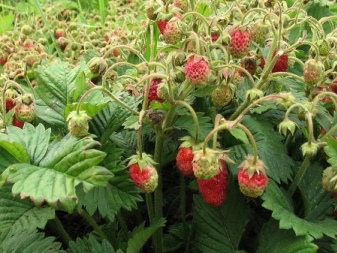

What it is?
All varieties of hybrid berry culture zemplunika are united by the appearance of the fruits, which have a scarlet color with a purple tint, and when they reach ripeness, they emit a strong strawberry aroma. The berry ripens later than normal horticultural crops, and the first ripe fruits can be harvested at the end of June. The new culture is called so unusual because it is a hybrid of strawberries with strawberries, which received a sweet taste and aromatic smell from the ancestors.
However, the crossed crop does not show the large size of berries that can be seen on various garden strawberry varieties, but they are noticeably larger than their forest counterparts. The shrub looks like a rounded, excellently leafy plant with powerful outcrops of peduncles that do not bend even under the weight of a bountiful harvest.
The hybrid mixture has its own growing characteristics, and the berries tolerate transportation and storage well due to their firm pulp.
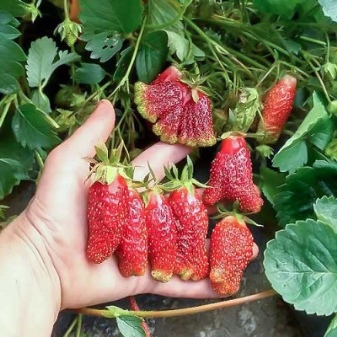
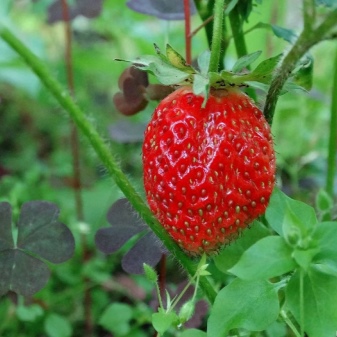
Description of the best varieties
Seedlings of dwarf breeders are difficult to distinguish from their original relatives, and for the purchase of true hybrid varieties of a new berry crop, you should contact nurseries that deserve confidence in the quality of the product. Currently, farms grow and sell several tested varieties, of which several of the most common can be distinguished.
- "Strawberry" - is a medium-sized bushes with upright flowering shoots. Varieties are needed for growing adjacent varieties of a similar crop for cross-pollination. The plant is resistant to gray rot and high yields due to the large number of berries - up to 250 grams per bush.
- "Report" - is a beautiful, spreading and strong low-growing shrub, but for all its decorative effect, it gives a little fruit - 200 grams from each bush.
- "Penelope" - belongs to mid-season, self-pollinating varieties and is highly resistant to various diseases, including powdery mildew. The harvest of large berries from year to year is stable and high - an average of 300 grams per bush.
- "Merchant's wife" - officially recognized by the State Register, the garden variety Zemplunika has many positive characteristics of the best representatives of its kind. The berries are large, up to 25 grams, with a pleasant dessert taste and delicate aroma. Each plant can be harvested up to 320 grams, and the fruits can withstand transportation over long distances without damage, even if they are harvested at the stage of full ripeness.
- "Muscat Biryulevskaya" - characterized by an average size of bushes, which give good yields - up to 300 grams. Flowers on slightly spreading peduncles do not require pollination with additional varieties and are unpretentious in care.
- "Raisa" - has a lush terrestrial crown of bushes with strong peduncles, on which the berries of the earthworm with an unusual conical shape are formed. The fruits of this variety are large, which increases the overall yield to 400 grams per plant.
All of the varieties described are excellent for cultivation in hobby gardens, and the berries are used for fresh and processed consumption.
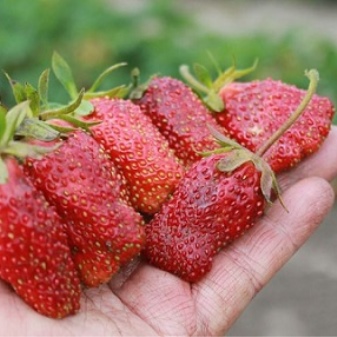
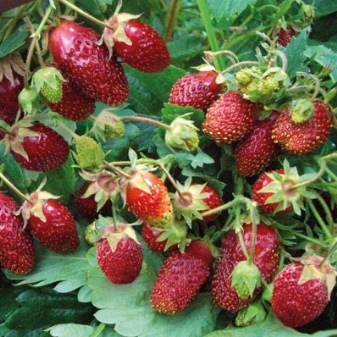
Landing nuances
Hybrid bushes are characterized by a large volume compared to ordinary garden strawberries, so they need to allocate more space on the site for a more rarefied planting. In the first year, the seedlings gain the root and aerial mass of the bush, and from the second year they begin to bear fruit. In one place, the culture can be grown for 5 years, after which the land is depleted, and the berry must be transplanted to new areas of the garden.
Timing
Like any seedlings, the dugout can be planted on the site in the spring, but planted correctly in the fall, and in the northernmost regions this can be done already from the end of August, and in more southern regions - in the middle or end of September, when the heat subsides. The best conditions for planting are cloudy, rainy weather, and when it is dry and sunny in the yard, the seedlings must be kept in a container with water so that the roots do not have time to weather and dry out.

A place
When planting, it should be borne in mind that a mixture of strawberries and strawberries abundantly releases tendrils to spread in different directions, and it must be planted away from other berry crops so that it does not reclaim their territory. Strong by nature, the earthworm is even capable of oppressing many species of garden plants that are close to the edges of the area she occupies.
For the good development of berry bushes, it is necessary for them to choose places that are not flooded with seasonal waters, well-lit places. The culture feels great if, on the north side, the site is protected from cold winds by walls of buildings, a solid fence or a dense perennial planting.
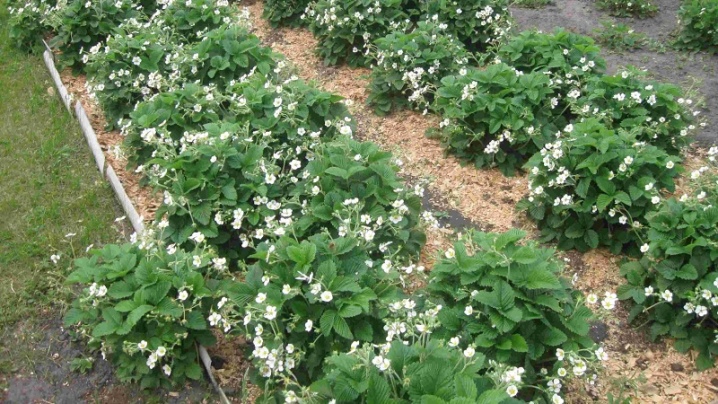
Technology
This type of plant prefers loamy soils with humus and organic fertilizers. The area allotted for a hybrid berry must be dug up in advance on one bayonet of a shovel, and then 15 grams of nitroammophoska fertilizer and 3.5-4 kg of settled manure per square meter are added to the soil. You can first scatter the required amount of ash, manure and superphosphate on the ground, and then dig it up, creating a fertile layer that can last for 2-3 years. 50 cm should be left between the rows, in which the bushes should be planted at a distance of 40 cm from each other. They can be arranged both in single-line rows, and in a checkerboard or nesting order. Before sending the plant to the hole, its roots need to be dipped in a cooked talker made of mullein and clay. When covering the seedlings with earth, it is necessary to ensure that the central outlets are not covered with soil or a mulching layer.
When sod land is added to the soil, the beds hold their shape for a long time and do not crumble at the edges. Young seedlings of earthworms will feel better in areas that were occupied with legumes, dill or parsley right before planting. The berry culture is good "friends" with garlic, which can be planted next to it in the beds. Individual teeth remain in the soil after harvesting and grow on their own, protecting neighboring bushes from many diseases and pests. We also noticed a useful neighborhood of the earthworm with lupine, the faded stems of which can be buried in the aisles for fertilization. The shape of the beds with the dugout can be any - square, rectangular or L-shaped.
There are trellis varieties that can be placed on round patches of soil.
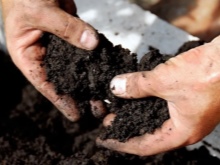

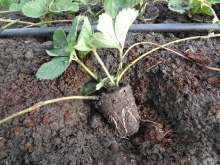
Care
It is not difficult to grow hybrid varieties of earthworms according to agrotechnical methods, but it is still useful to adhere to some rules in order to obtain the best results. For example, after harvesting, it is necessary to remove all whiskers that are actively formed in the middle of summer after the berries ripen. One bush can grow up to 70 tendrils, which weaken the plant and fill the area, making it too saturated.When the density of bushes in the rows becomes large, the dwarf may get sick with gray rot due to poor ventilation of the landing site. The same disease can be caused by excessive saturation of the soil with moisture. Therefore, neglected plantings give less yield and require more efforts to restore.
Hybrid garden berry varieties should be cared for in such a way that the soil is moderately moist, but not too heavy or moist. When the plants are properly planted in the fall, one plentiful watering of the seedlings is enough, about 1 ordinary bucket of water for each square meter of the plot. To retain moisture in the soil, it must be mulched around the bushes with a 2 cm layer of humus or compost. In preparation for winter, hybrid varieties of earthworms do not require additional shelters, since they are frost-resistant.
A new berry crop is not very difficult to grow due to its extraordinary vitality and unpretentiousness. Several times a season, as for other plants in the garden, weeds are removed and the beds are weeded for better soil ventilation. In case of drought, water as needed, since excess moisture is undesirable. In the fall, mineral fertilizers dissolved in water are applied. This can be top dressing with superphosphate and potassium sulfate, which are put in 1 teaspoon per bucket of water and mixed. You can pour a half-liter container under each plant.
After the snow melts in the spring, the soil traditionally needs to be loosened, carefully bypassing the root systems of the bushes. To prepare the plants for the period of growth and fruiting, they should be fed with nitroammophos, a solution of which is prepared from 1 tablespoon for each bucket of water, distributed over 10 bushes of the earthworm. In the summer, it is possible not to apply mineral fertilizers under the plants, but make sure that the aisles are not overgrown with weeds, and loosen the soil after heavy rainfall. In winter, it is important for a frost-resistant berry crop to maintain a good snow cover. For this, it is useful to cover the beds with a dugout with spruce branches, which with their needles perfectly hold the snow cover. Whenever possible, when removing snow in winter, it is good to leave an additional amount of it on areas planted with bushes.
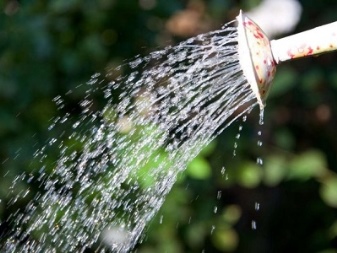
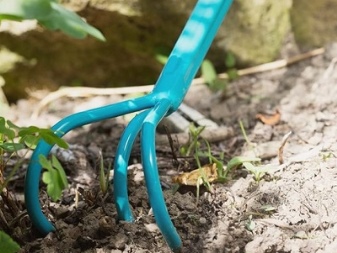
Reproduction
The hybrid berry culture is very prolific and multiplies by producing many shoots with rosettes. Most of them must be removed, and for planting it is necessary to choose the first and second children that have grown on the antennae of the mother bush. They should have at least three strong leaves and a dense, well-developed root system.
On sale there are seedlings with open roots, which are planted in spring or autumn. And also grown, and sometimes even flowering bushes with closed roots are realized. Such seedlings can be planted in the ground in the summer, since they have already taken root in a temporary container, and will not experience stress when planting.
Seeds do not propagate hybrid varieties of earthworms, since the plants turn into wild animals, but the method of dividing the bushes is sometimes used for this.
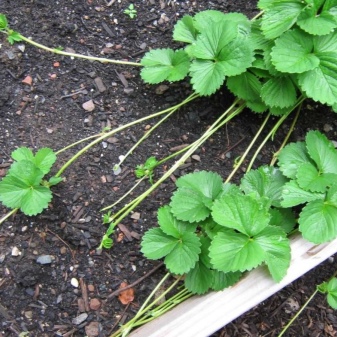














The comment was sent successfully.